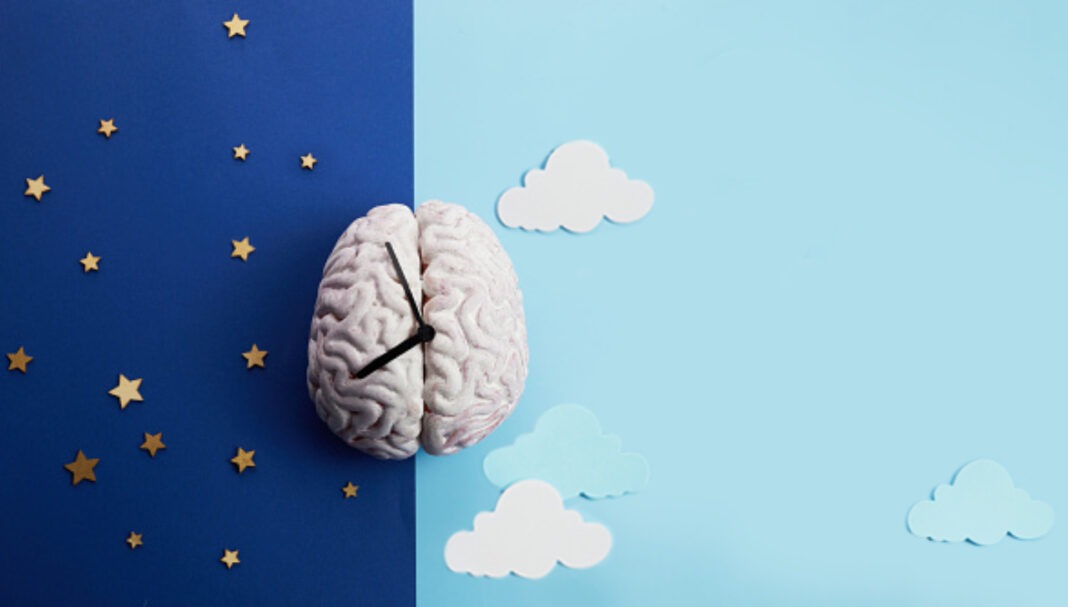Case scenario
Penny, 45, is planning a trip from Sydney to Los Angeles to attend a conference, where she is presenting her latest nursing research the day after her arrival. Penny’s previous international trips have been complicated by daytime sleepiness, impaired concentration, irritability, and difficulty falling and staying asleep in the new time zone. She wants to know what she can do to avoid jet lag. Penny does not take any other medicines.
Learning objectivesAfter reading this article, pharmacists should be able to:
Competency standards: 1.1, 1.4, 1.5, 3.1, 3.5 |
Already read the CPD in the journal? Scroll to the bottom to SUBMIT ANSWERS.
Introduction
Long-haul air travel across multiple time zones is often associated with jet lag (also known as time zone change syndrome).1 Jet lag is a result of desynchronisation (a mismatch) between the body’s circadian rhythm and the final flight d
THIS IS A CPD ARTICLE. YOU NEED TO BE A PSA MEMBER AND LOGGED IN TO READ MORE.















